

By John Helmer, Moscow
@bears_with
Russian public opinion isn’t well understood in the US because Russian opinion changes with the news from the Ukraine battlefield and from President Donald Trump’s (lead image, right) warmaking elsewhere; because there are more Americans who want to be loved by Russians than there are Russians who want to be loved by Americans; and because US experts on Russia haven’t caught up with the latest Russian opinion polling.
This reveals that the initial Russian optimism of last December and January that Trump’s inauguration might produce a negotiated end to the war is evaporating rapidly. Immediately after the presidential election last November, Levada, an independent Moscow pollster, reported that 54% of Russians surveyed across the country were hopeful of an improvement in relations with the US. This had shrunk to 44% in January after the inauguration. At that time, the Levada poll revealed that “almost two thirds of the respondents rate relations between Russia and the United States as bad. The majority of respondents have a bad attitude towards Joe Biden, while the majority have a good attitude towards Donald Trump. The good attitude towards Trump is due to his attempts to resolve the Ukrainian conflict and improve relations with Russia.”
That was measured between February 20 and 25. The survey followed Trump’s telephone call with President Vladimir Putin on February 12 and the first round of face-to-face negotiations between US and Russian delegations in Saudi Arabia on February 18.
Five months later, after the Russian media have reported Trump’s bombing of Yemen and Iran, his involvement in the drone attack on Russian bomber bases on June 1, and the failure of the end-of-war negotiations in Istanbul, the Levada Centre has not yet reported the shift in Russian sentiment towards Trump.
Because Russians also report believing that Germany follows US orders, and that the German tanks which invaded Kursk between last August and December have now been destroyed, public hostility towards the Germans as the “main enemy” is shrinking below the levels of hostility recorded towards France and the UK.
A poll released in mid-May by the state-owned Russian Public Opinion Research Centre (VTsIOM) ranked France several points ahead of the UK and Germany on the enemies list. “The three ill-wishers included: France (48%, +27 p.p. from 2022), the United Kingdom (42%, +3 p.p.) and Germany (41%, +9 percentage points).” “For the first time in the history of monitoring, the United States lost its leadership in the rating of ill-wishers at once to three European countries, the so-called leaders of the ‘coalition’ in the conflict in Ukraine – France, Great Britain and Germany — which is largely due to the change of power abroad and their rhetoric to resolve the Ukrainian crisis.”
Levada analyst Denis Volkov was asked if he believes the trend for the “main enemy” was a flash in the pan towards Germany, and is now reverting towards the US again. He replied that Levada hasn’t made a new poll on this question so he cannot say if this trend has taken place or not.
In Volkov’s analysis of the Levada poll of last December, the main enemies were, in order of magnitude, the Ukraine at 74%, followed within the margin of statistical error by Poland (74%), the US (71%), the European Union (70%), and the UK (70%). At the time Germany trailed with France at 61% and 59%, respectively. This accurately reflected the battlefield news. A spurt in hostility towards Germany followed the televised images of German tanks in the invasion of Kursk from last August and fresh threats against Russia from the newly elected German Chancellor, Friedrich Merz (lead image, left).

Source: https://www.levada.ru/2024/12/09/i-ne-drug-i-ne-vrag-a-kak/ -- published on December 9, 2024. For analysis, click to read.
Levada’s tabulation of the five main enemies from 2010 to 2025 shows the US led the Europeans by a large margin immediately after the putsch in Kiev in 2014 with the start of sanctions war by the Obama Administration. There was no noticeable decline in hostility towards the US during Trump’s first term. The abrupt decline at the start of 2025 was exceptional.

As for the perception of the US as Russia’s main enemy, Levada polling shows that with each new presidential election Russians have expressed hopefulness towards an improvement in relations. The result is volatility around the start of Barack Obama’s first term in 2009, Trump’s first term in 2017, Biden’s first term in 2021, and Trump’s second term in 2025.

According to Simon Saradzhyan last month, the flash in the pan for Trump has come, not from Trump’s actions, but from Putin’s words. “Obviously, Trump, unlike Biden, throughout his third presidential campaign, reportedly hinted at readiness to support some of Russia’s demands if he were to get a chance to mediate an end to Russian-Ukrainian hostilities from the White House. But many Russians would not have appreciated these hints if Russia’s state-controlled national television channels—which over half of them rely on for news, according to Levada—had not, on orders from the Kremlin, publicized them, ramping up the positive coverage of Trump, who had not only had ‘a very good’ relationship with the Russian leader, but also whom Putin apparently viewed as more likely to strike a deal on ending the Russia-Ukraine war on terms that would be favourable for Russia.”
“Should, however, Trump ‘disappoint’ Putin on Ukraine (or other issues), expect another swing first in Putin’s views and then in the Russian public opinion.”



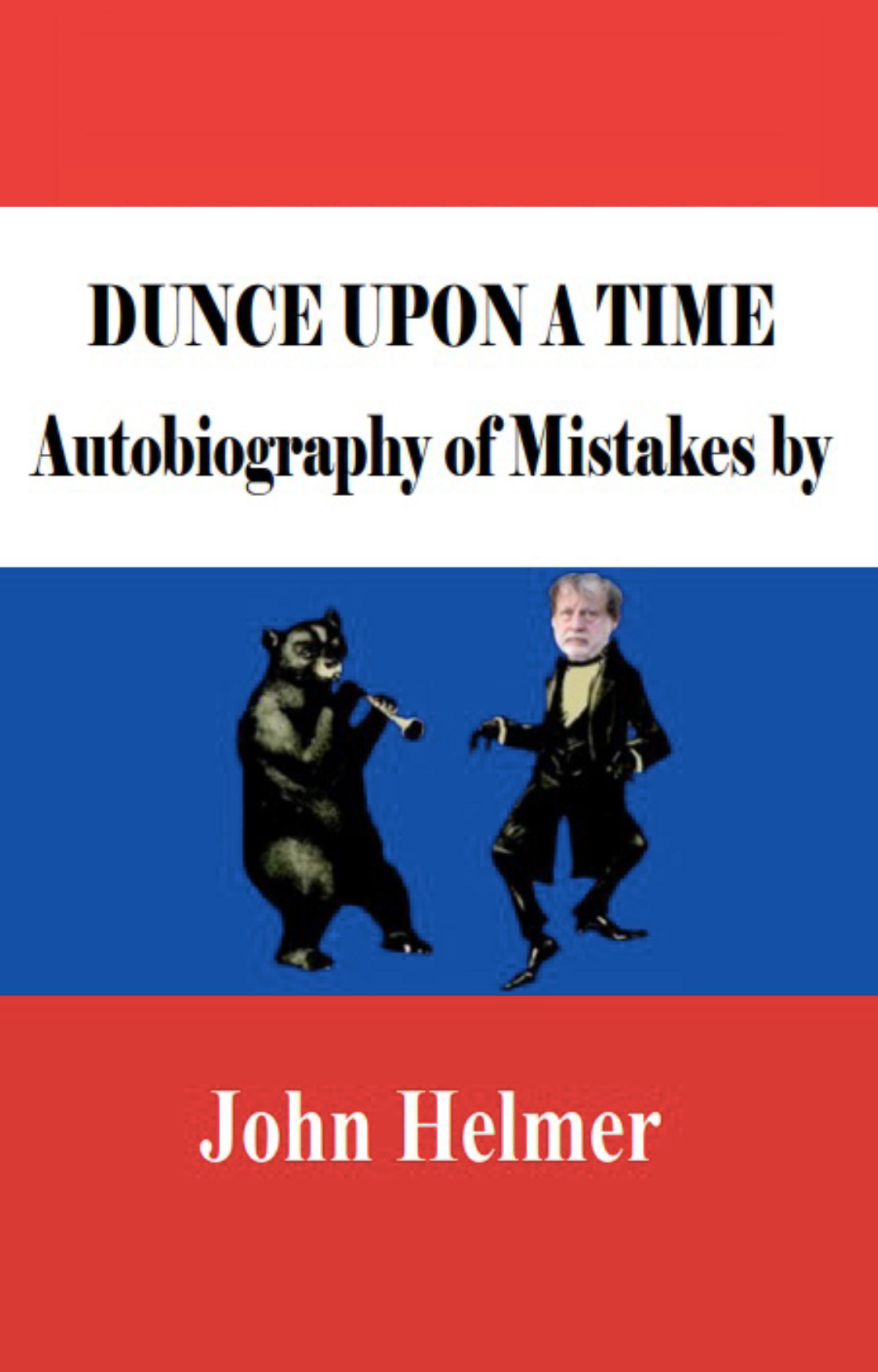
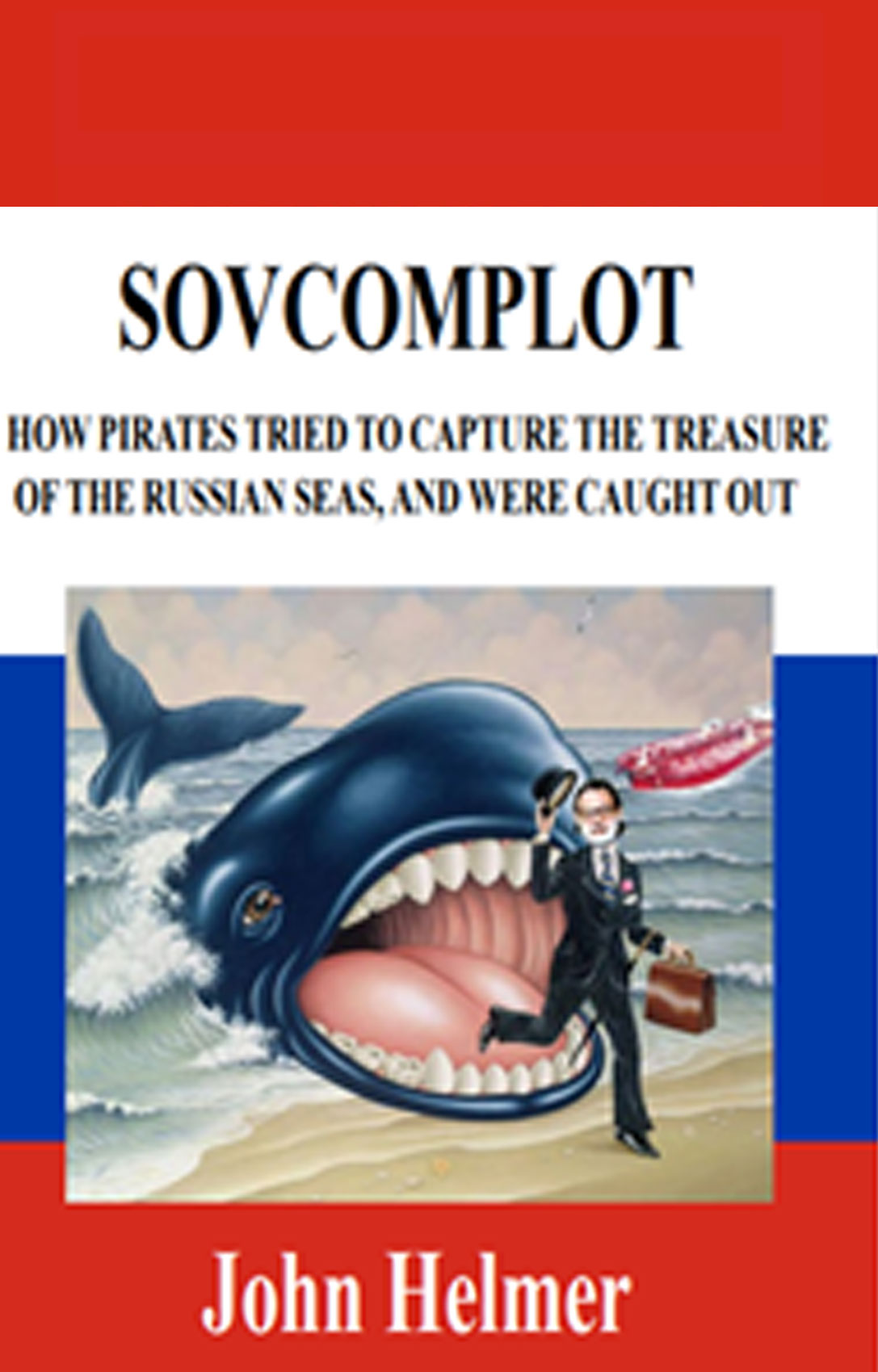


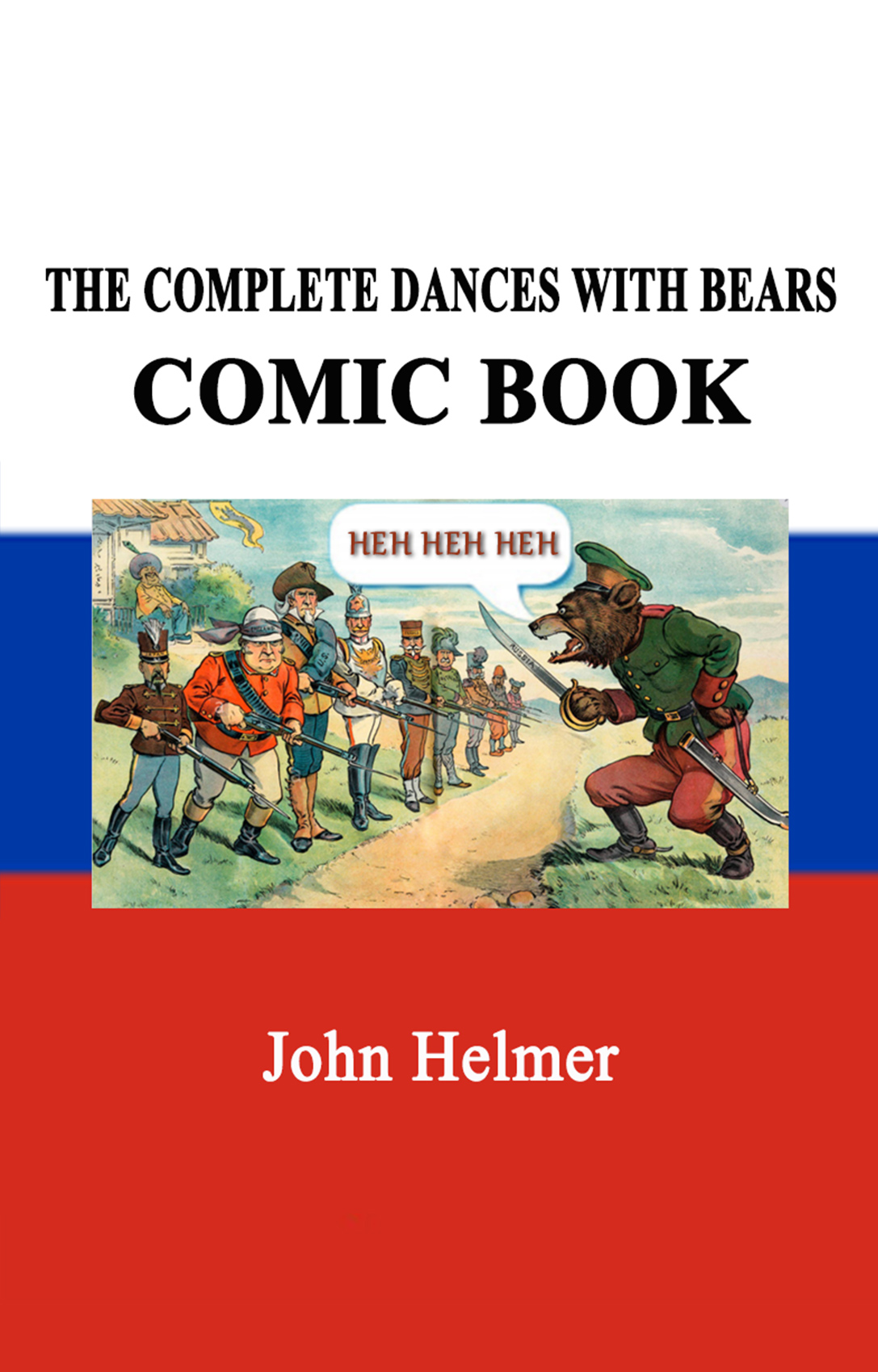


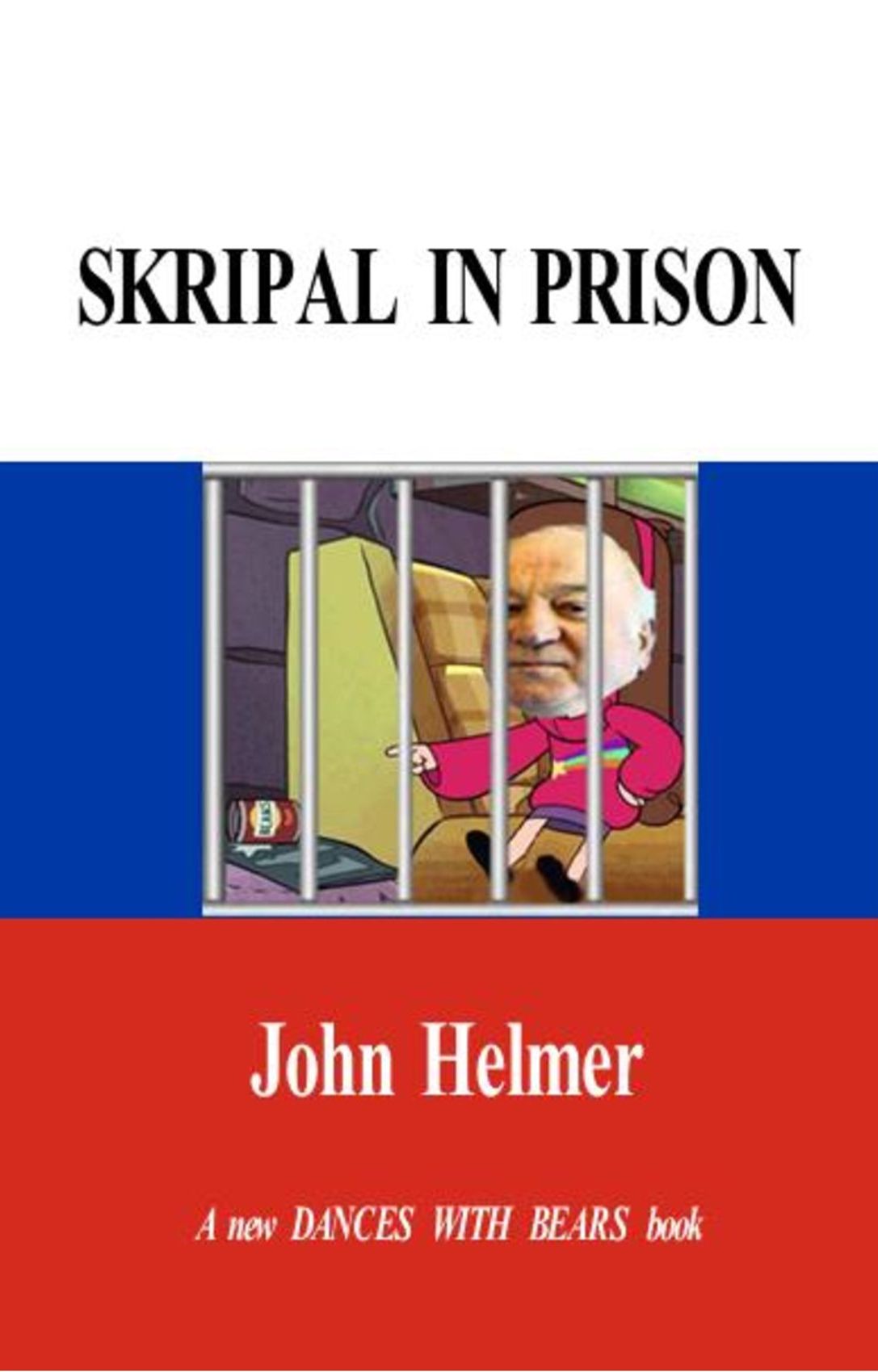
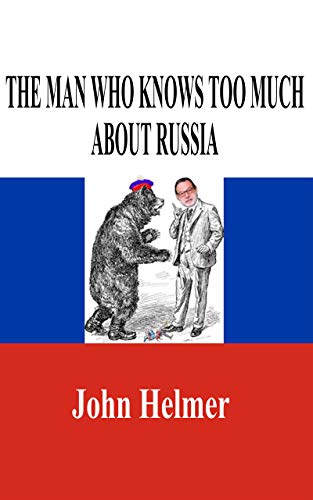

Leave a Reply